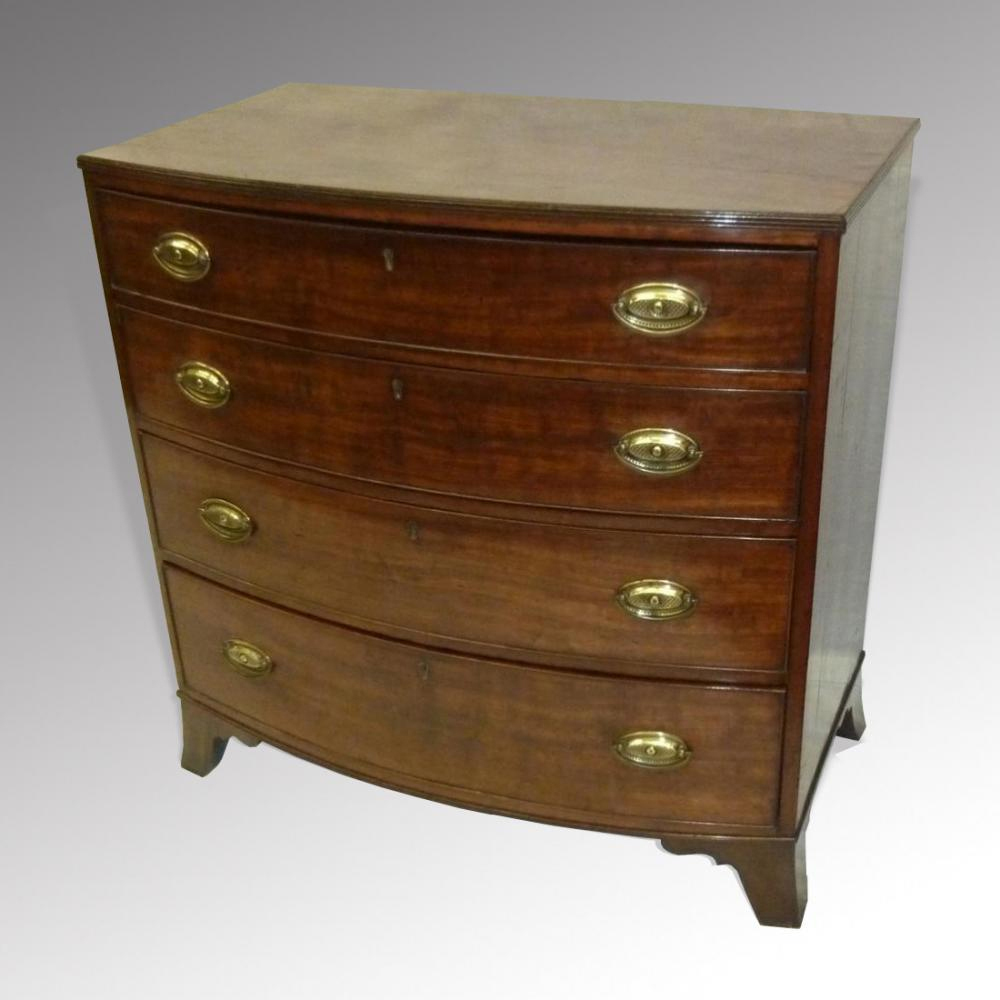- Antique Chairs and Sofas
- Antique Chests of Drawers
- Antique Tables
- Antique Display Cabinets
- Antique Desks
- Antique Bookcases
Edwardian Furniture

This style takes its name from England’s King Edward V11, who reigned from 1901 – 1910.
Edwardian Furniture was made up primarily from reproductions of older styles, but now mass produced, as machinery was used in full force. Often the pieces were rather dainty, especially when compared to the much heavier and more robust furniture of the Victorian era.
Cabinetmakers realised that earlier designs were outselling new pieces, as the antiques trade was on a high and second hand (antique) furniture was becoming very fashionable. Arts and crafts furniture was still popular, but it was starting to fade out as the popularity of the new reproduction furniture grew. Art Nouveau furniture was in high demand; people liked the curving, elongated lines, leaf and flower motifs, and floral feminine figures. The style of Chippendale and Hepplewhite were extremely popular. Hepplewhite shield back dining chairs and the Chippendale rococo carved back chairs especially.
The Craftsmanship was extremely good and some of the earlier designs were adapted to suit more modern living and to make them more comfortable. More woods were now being used, in particular Mahogany, Walnut, Satinwood and Oak. Most of the dovetail joints were now cut by machine and most pieces were veneered. Veneers were burred for effect and banding with string inlay was very popular. Also metal-ware of a very good quality was being used for decoration.
Bedroom suites and dining room furniture were in high demand. Bedroom suites were usually simple in design with some banding and either inlaid or carved panels. They would usually have bevelled mirrors and were constructed with hardwood linings and backboards, so no expense was spared. Dining room furniture usually comprised of wind out tables with turned or cabriole legs and sets of chairs in a matching style.







